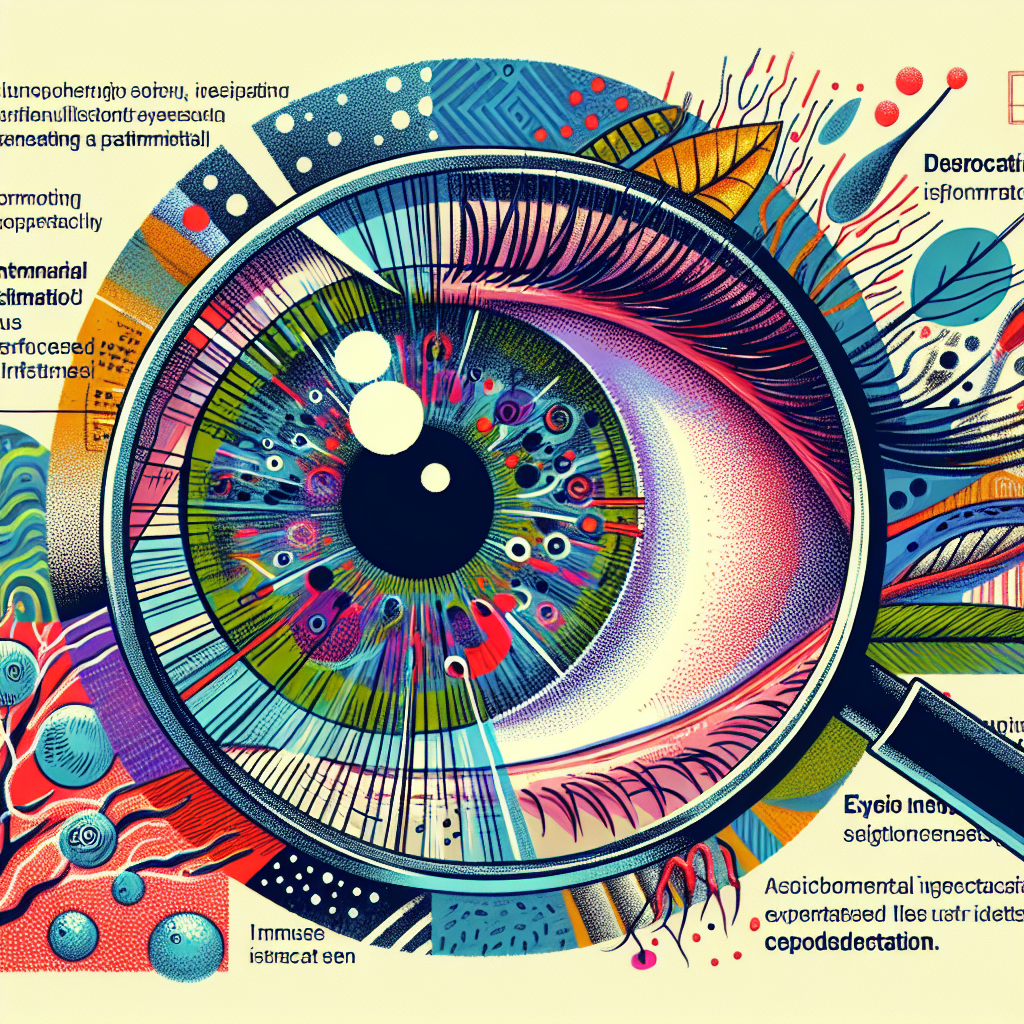Introduction
The world is a kaleidoscope of colors and shapes, each moment offering a new scene to capture with our eyes. Yet, for those with astigmatism, the view might not always be clear. Astigmatism is a common refractive error affecting millions in the US, creating a blurry or distorted vision. But what makes this condition worse? Let’s embark on a journey through the twists and turns of the eye, unraveling the mysteries behind worsening astigmatism and discovering paths to clearer sight.
- Understanding Astigmatism
- Factors That Can Worsen Astigmatism
- Lifestyle Choices and Their Impact
- Seeking Medical Advice
- Key Takeaways
- FAQs About Astigmatism
- Conclusion
Understanding Astigmatism
Astigmatism is like a funhouse mirror for your vision—a distortion caused by an irregularly shaped cornea or lens. This optical imperfection leads to blurred or distorted images as light rays are improperly focused on the retina. While it can be present from birth, astigmatism can also develop due to eye injuries or surgeries.
Factors That Can Worsen Astigmatism
Imagine driving down a road; every bump and curve affects your journey. Similarly, various factors can exacerbate astigmatism:
Age
Just as a wise oak tree grows with age, our eyes change too. Natural aging processes can increase astigmatic changes, often paired with presbyopia—a difficulty in focusing on close objects.
Eye Strain
In today’s digital age, screens are ubiquitous companions. However, prolonged screen time without breaks can strain the eyes, potentially worsening astigmatic symptoms. It’s crucial to practice the 20-20-20 rule: every 20 minutes, look at something 20 feet away for 20 seconds.
Uncorrected Vision Problems
Neglecting prescription updates for glasses or contact lenses is like ignoring potholes on a road—eventually, it leads to trouble. Uncorrected vision issues can strain the eyes further, aggravating astigmatism.
Lifestyle Choices and Their Impact
The choices we make echo in our well-being. A balanced diet rich in vitamins A, C, and E supports eye health, acting as a lighthouse in the fog. Regular eye exams ensure that you keep your vision correction up-to-date, steering clear of unnecessary complications.
The Importance of Sleep
Imagine trying to navigate a maze while sleep-deprived. Quality rest is essential for eye health, helping reduce strain and maintain optimal function.
Seeking Medical Advice
If your vision becomes increasingly blurred or distorted, it’s essential to consult an eye care professional. Treatments such as corrective lenses or refractive surgery might offer clarity on your path forward. For more eye conditions and treatment options, explore our Comprehensive Eye Infections and Stye Treatment Services.
Key Takeaways
- Aging, eye strain, and uncorrected vision problems can worsen astigmatism.
- Lifestyle choices like diet and sleep impact eye health significantly.
- Regular eye check-ups are crucial for managing astigmatism effectively.
FAQs About Astigmatism
Can astigmatism improve over time?
Typically, astigmatism remains stable but corrective measures like glasses or lenses can help manage symptoms effectively.
Is astigmatism hereditary?
Yes, genetics play a role in astigmatism development. If your parents have it, there’s a chance you might too.
How is astigmatism diagnosed?
An eye care professional uses tests like keratometry and corneal topography to measure curvature and diagnose astigmatism accurately.
Conclusion
Astigmatism doesn’t have to blur your life’s canvas. By understanding what makes it worse and taking proactive steps, you hold the brush to paint a clearer picture. Remember, regular check-ups and healthy habits are your companions on this journey to better vision. To address other urgent health concerns, consider visiting our Urgent Care Services. Clear vision is just around the corner!
For comprehensive insights into the potential dangers of untreated infections, check out our article on whether an infected cut will take care of itself.




